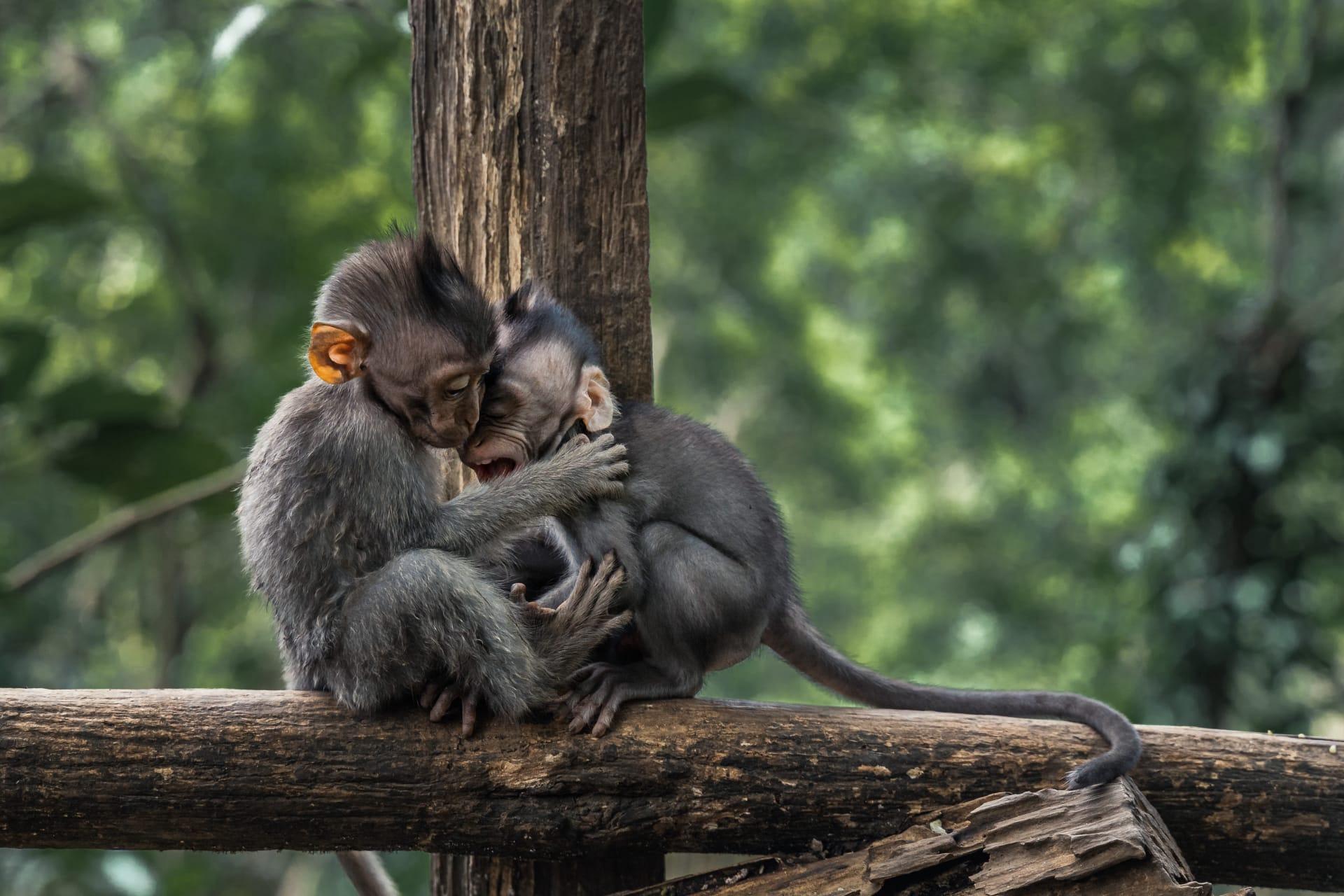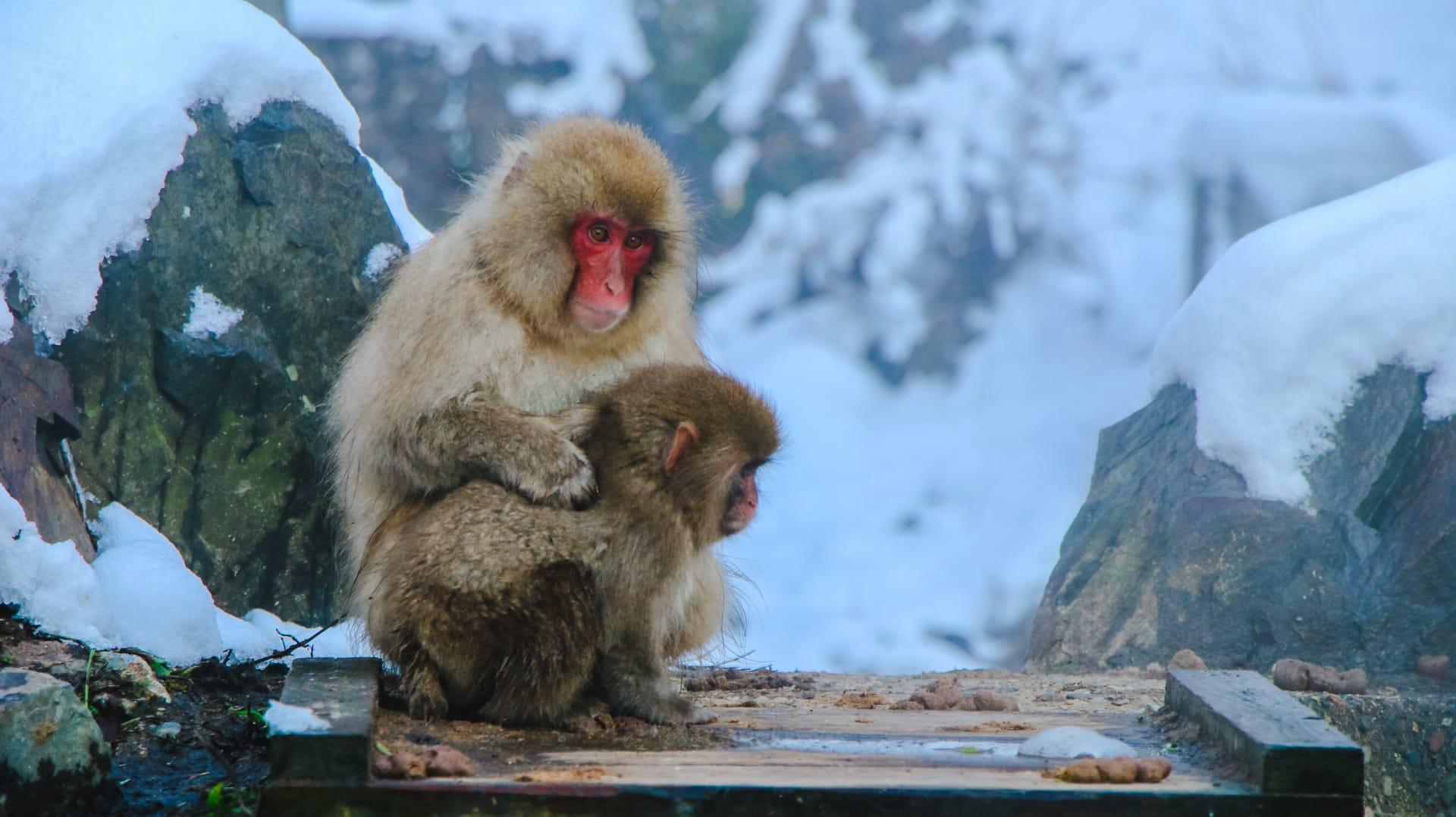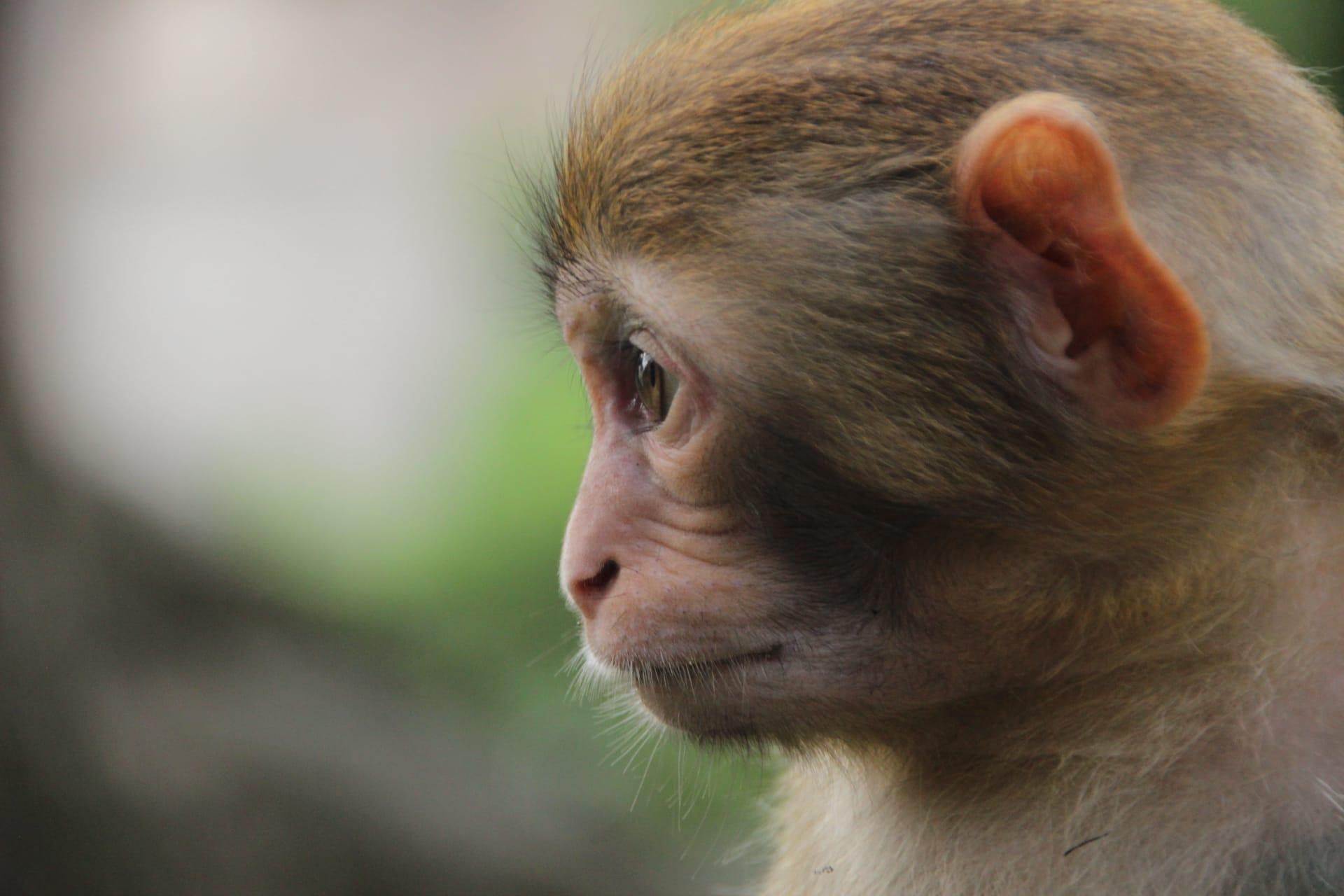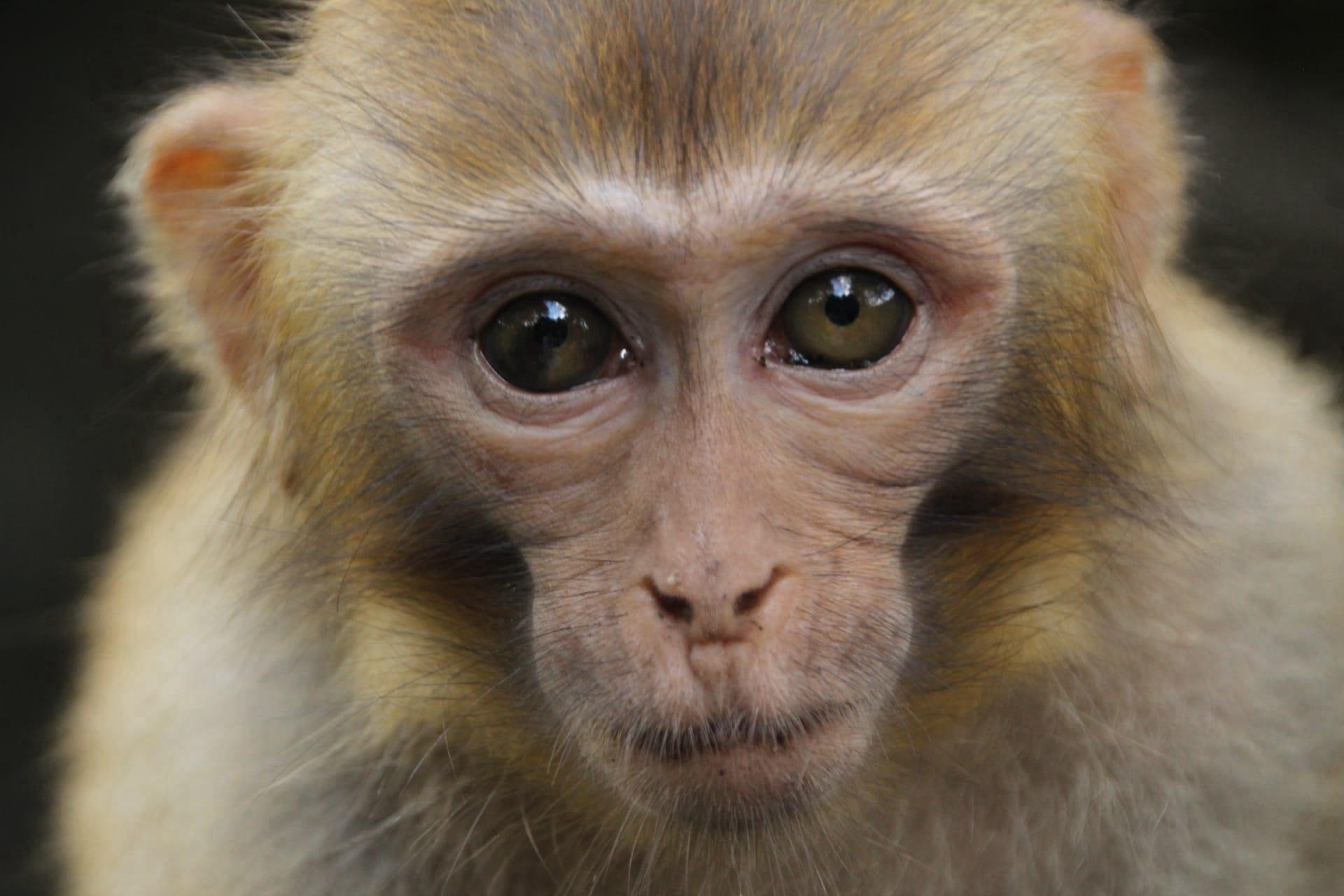1
Monkeys are incredible acrobats, thanks to their unique tail. In many species, such as the spider monkey, the tail acts like a fifth limb. It's prehensile, meaning they can grasp and hold objects. This tail can support the monkey's entire body weight, allowing them to swing effortlessly between trees. Their tails can be up to 35 inches long, almost as long as their body, which ranges from 16 to 24 inches in various species.
Another fascinating aspect is their communication. Monkeys use a complex system of vocalizations, facial expressions, and body movements to communicate. Capuchin monkeys, for instance, can make more than 30 different sounds to convey different messages, ranging from warnings about predators to social greetings. These vocalizations vary in pitch and duration, and they even combine them in sequences, much like we form sentences.

2
Monkeys have remarkable memories. Research has shown that they can remember specific information for at least four years. In a study, monkeys were able to recall the location of hidden food years after the initial learning. This long-term memory capability is vital for their survival, helping them remember the locations of food sources, social allies, and threats.
Monkeys also display a surprising level of altruism. They have been observed to help each other without any immediate benefit to themselves. For instance, they groom each other, which is not only about hygiene but also about building social bonds and alliances. This grooming involves removing parasites and debris from each other's fur, which is essential for their health and social structure.

3
Did you know monkeys are quite the tool users? For example, Capuchin monkeys in Brazil use stones to crack open nuts. They select stones that can weigh up to 3.5 kilograms, a significant weight considering a Capuchin typically weighs under 4 kilograms. They have been observed carefully choosing the right size and shape of stone for the type of nut they're cracking.
Monkeys are also known for their problem-solving abilities. They are highly intelligent and can solve complex problems to access food or navigate their environment. In studies, monkeys have demonstrated the ability to use sticks to retrieve food from tight spaces or to use leaves as sponges to soak up water for drinking.

4
Monkeys have diverse diets, but some species are particularly specialized. The Proboscis monkey from Borneo, for instance, has a diet mainly consisting of leaves. They have a large, chambered stomach that functions like a fermentation vat, similar to a cow's, where bacteria break down the tough leaves. This adaptation allows them to extract the maximum nutrients from their leafy diet.
Monkeys play a crucial role in their ecosystem, particularly in seed dispersal. They consume fruits and travel long distances, thus spreading the seeds through their feces. This process is vital for forest regeneration and maintaining biodiversity. Some plants have even evolved fruits specifically designed to appeal to monkeys, ensuring their seeds are spread effectively.

5
Monkeys exhibit strong maternal bonds. A mother monkey typically gives birth to one baby at a time and invests a significant amount of time in nurturing and protecting her offspring. In many species, young monkeys cling to their mother's belly or back for safety and transportation. This close bond lasts for several years, during which the mother teaches the young essential survival skills.
Finally, monkeys have been observed displaying behaviors that suggest a sense of fairness. In experiments, monkeys showed distress and refused to participate if they witnessed another monkey receiving a better reward for the same task. This indicates a sophisticated level of social awareness and a basic sense of justice, which is quite remarkable in the animal kingdom.